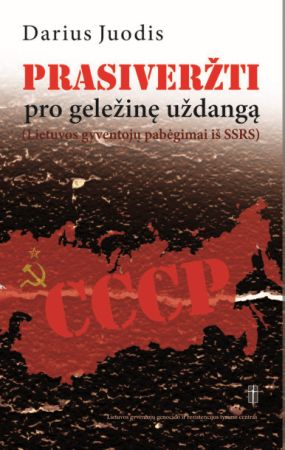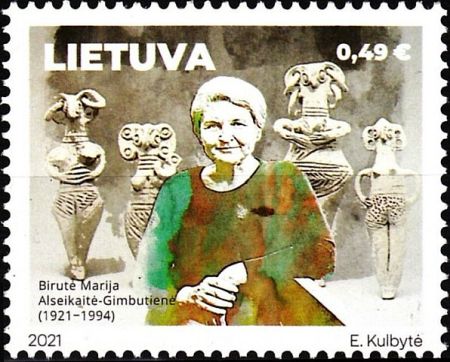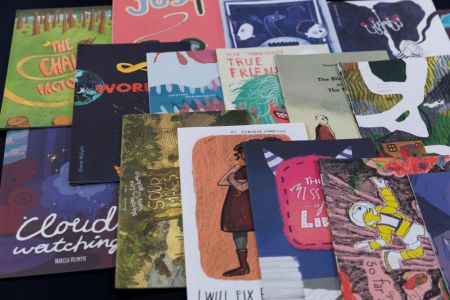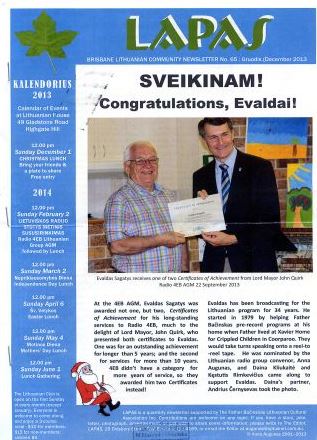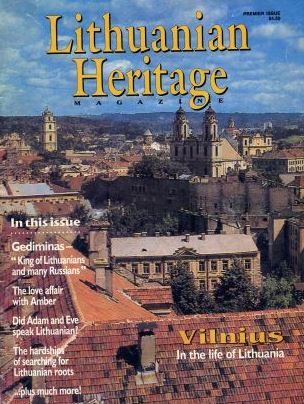A new book “West Midlands Ho!” is a compelling work of local history, focused on a particular corner of England but set against a background of tumultuous international events. In the book, Lithuanian author Aldona Grupas reveals the personal tales of Lithuanian migrants who moved to Britain in the wake of WWII. Unable to return to their homeland due to the Soviet occupation, from 1947 onwards, several thousand refugees swapped the refugee camps of Allied-occupied Germany for basic accommodation in Britain, along with jobs in manufacturing and agriculture. In the following decades, they put down roots in Britain, all the while keeping their Lithuanian identity alive. In a series of interviews, Grupas teases out the personal experiences of five members of this migrant community in the West Midlands of England.
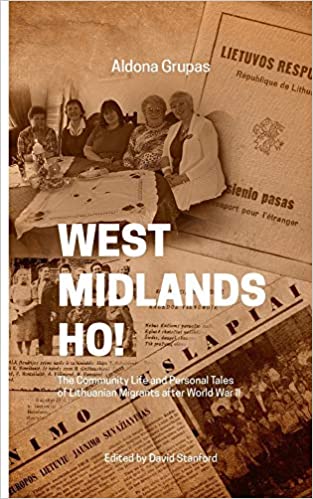
The book begins with an overview of Lithuanian history, taking in WWII and the post-war Soviet period. Drawing on existing literature, Grupas explains why so many Lithuanians were stuck in Germany in the post-war period and were subsequently offered new lives in Britain under resettlement programs like Balt Cygnet and Westward Ho!
Continue reading “A Book About Lithuanian War Refugees in Britain”